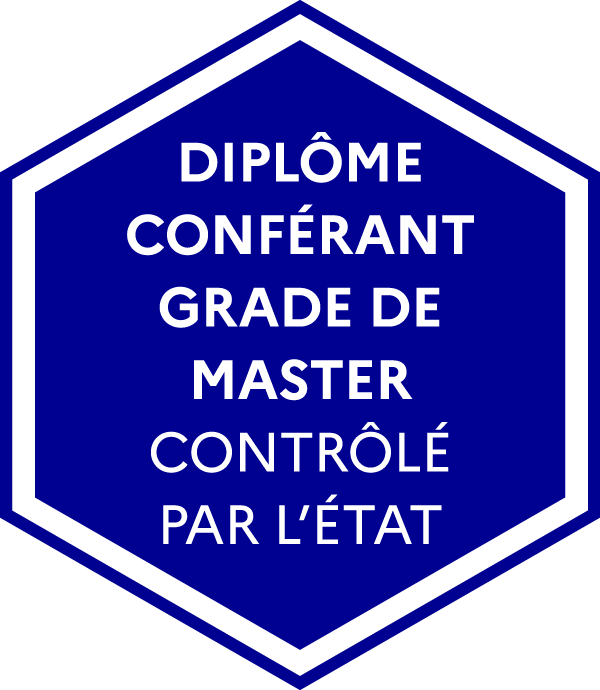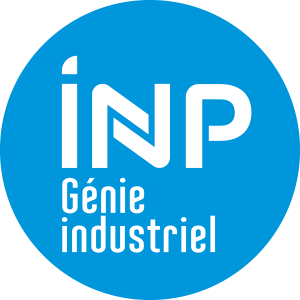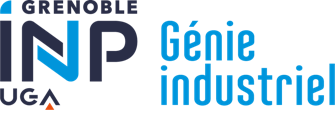Number of hours
- Lectures 9.0
- Projects -
- Tutorials 9.0
- Internship -
- Laboratory works 9.0
- Written tests 4.0
ECTS
ECTS 3.0
Goal(s)
Product design involves the use and dimensioning of technical components already produced by industrial partners. This is particularly true when using so-called standard components.
The objectives of this course are to
- To provide the basis for the design of standard components in mechanical product design,
- To provide the knowledge necessary to understand the various technological principles,
- to manipulate and work on the fundamental notions of power, energy, efficiency... inherent to product engineering.
Content(s)
The APP learning methods (problem-based learning) are carried out in groups of 6 to 8 students around problems to be solved
1 - Overall system + epicyclic gearing in a gearbox,
2 - Global system + epicycloidal trains of pecquer, energy, gearing,
3 - Global system + energy, epicyclic trains follower, angle transmission, belt.
Two practical sessions will allow the dismantling of technological solutions in order to study them:
- 4-stroke engine
- 6-speed mechanical gearbox
- Tmax 500 variator transmission
- hybrid transmission
Industrial drawing, mechanical design, kinematics, solid mechanics, RDM.
Concept of dimensioning of chains, belts, spur gears, rotational guidance.
Session 1:
- APP = evaluation of the 3 APPs (20%)
- TP1 = individual exam (oral: 10' / candidate) (30%)
- TH1 = problem solving exam (50%)
- N1 = final mark session 1
Session 2:
- The APP mark cannot be made up
- TP2 = individual exam (oral: 10' / candidate)
- TH2 = individual written or oral assessment depending on the number of candidates
- N2 = final mark session 2
N1 = 0,2 * APP + 0,3 * TP1 + 0,5 * TH1
N2 = 0,2 * APP + 0,3 * TP2 + 0,5 * TH2
The course exists in the following branches:
- Curriculum - Engineer student Master PD - Semester 8
Course ID : 4GUP1801
Course language(s): 
You can find this course among all other courses.
Guide du dessinateur industriel - Ed. Hachette.
Guide des sciences et technologies industrielles, ed. Nathan
Systèmes mécaniques : Théorie et dimensionnement - Michel Aublin - Ed. Dunod.
French State controlled diploma conferring a Master's degree

Common Core presentation
Programme courses S5
Programme courses S6
Supply Chain Management
Programme presentation
Programme courses S7
Programme courses S8
Programme courses S9
Programme courses S10
Product Design
Programme presentation
Programme courses S7
Programme courses S8
Programme courses S9
Programme courses S10
Contacts
Academic staff
- Head of studies:
Pierre Lemaire - Head of 1st Year Program:
Abdourahim Sylla - Head of Supply Chain Management Program:
Irène Gannaz - Head of Product design Program:
Yann Ledoux
Registrar's office
- Head of Registrar's office:
genie-industriel.scolarite@grenoble-inp.fr - Secretary's office 1st Year:
Valérie Demicheli - Secretary's office 2nd Year:
Sylvie Malandrino - Secretary's office 3rd Year:
Vincente Odier - International relations department:
Nadia Dehemchi



